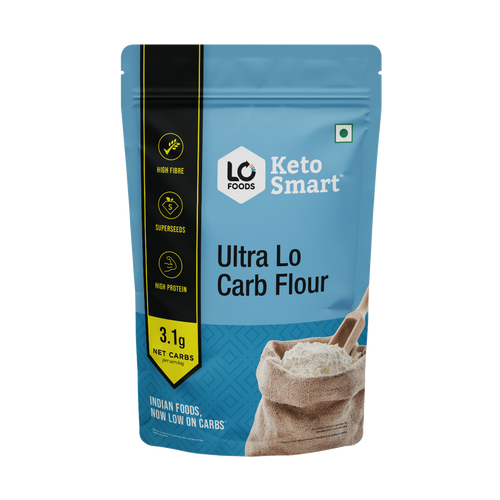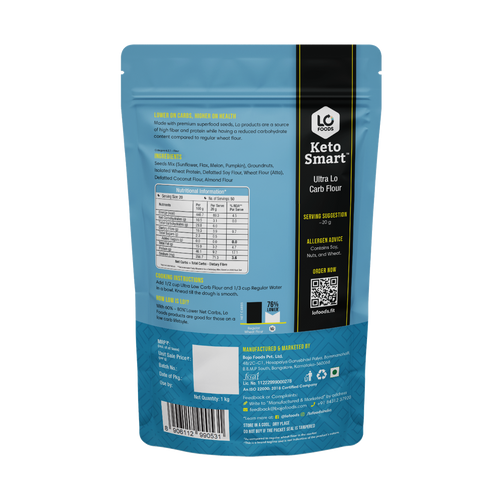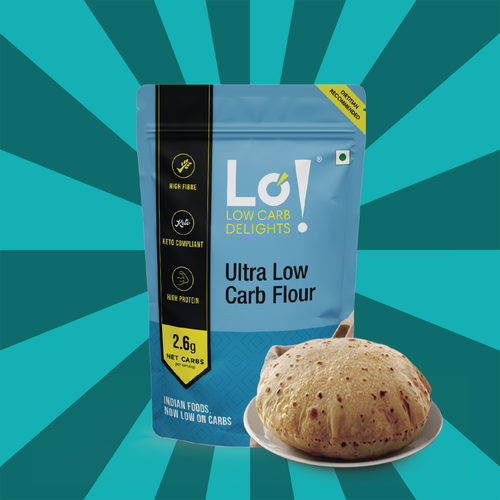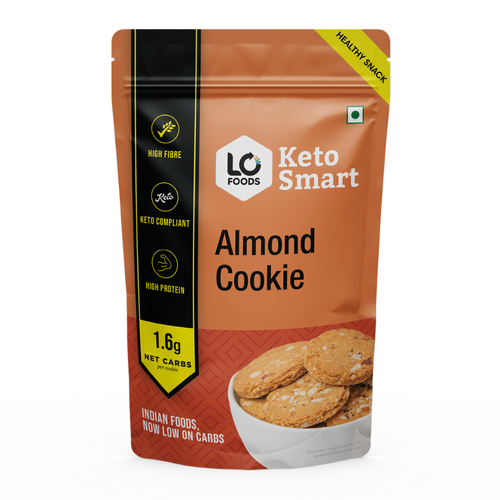
Millets vs. Rice and Wheat: Which Is Healthier?
For centuries, rice and wheat have been staple foods in households around the world. They are familiar, easy to cook, and deeply ingrained in culinary traditions. However, with growing awareness around health, nutrition, and sustainability, millets are now being recognized as a superior alternative. These ancient grains, once sidelined, are making a strong comeback for their impressive health benefits, environmental resilience, and dietary versatility.
Choosing between millets, rice, and wheat isn't just about taste or tradition; it's about making an informed decision for long-term health and well-being.

Nutritional Comparison: Millets vs. Rice vs. Wheat
To understand which grain holds the upper hand nutritionally, here’s a simple comparative table:
|
Nutrient |
Millets (Average) |
Rice (White) |
Wheat (Whole) |
|---|---|---|---|
|
Protein (g/100g) |
7–12 |
6.5 |
13.2 |
|
Fiber (g/100g) |
8–12 |
0.4 |
12.2 |
|
Iron (mg/100g) |
3–8 |
0.8 |
3.9 |
|
Glycemic Index |
Low to Moderate |
High |
Moderate |
|
Gluten Content |
None |
None |
High |
Millets outshine both rice and wheat in fiber content and glycemic control while offering a decent protein profile. Their gluten-free nature makes them a preferred choice for individuals with gluten intolerance or celiac disease.
Why Modern Lifestyles Demand a Shift to Millets
Urban lifestyles today are marked by high stress, sedentary habits, and frequent consumption of processed foods. This shift has led to a surge in non-communicable diseases such as obesity, diabetes, and hypertension. The cause often lies in excessive reliance on high-glycemic, low-fiber foods like polished rice and refined wheat products.
Millets provide a much-needed nutritional balance:
-
Slower Energy Release: Low glycemic index prevents blood sugar spikes.
-
Digestive Health: High fiber supports better digestion and gut health.
-
Nutrient Density: Rich in essential minerals and antioxidants, filling gaps left by modern diets.
Integrating millets into daily meals can counter many of the negative effects of a fast-paced urban lifestyle.
Health Symptoms Linked to Excessive Rice and Wheat Consumption
Long-term overconsumption of polished rice and processed wheat can lead to several health symptoms, many of which go unnoticed until they worsen:
-
Frequent Fatigue: Quick sugar crashes post rice-heavy meals.
-
Digestive Issues: Bloating, constipation, and acid reflux from low-fiber intake.
-
Weight Gain: Empty calories from refined carbs contribute to visceral fat.
-
Skin Problems: Blood sugar fluctuations can cause acne and premature aging.
Replacing even a part of rice and wheat intake with millets can significantly reduce these symptoms and improve overall health metrics.
Micronutrient Depletion: A Hidden Risk
One overlooked consequence of eating predominantly rice and wheat is micronutrient depletion. Milling and refining strip rice and wheat of their outer layers, where most nutrients reside.
Millets, in contrast, are consumed with minimal processing, retaining their vitamins and minerals. Regular millet consumption helps prevent deficiencies such as:
-
Magnesium Deficiency: Leading to muscle cramps and insomnia.
-
Zinc Deficiency: Weakening immunity and slowing wound healing.
-
Iron Deficiency: Causing anemia and constant fatigue.
Thus, choosing millets supports better cellular health and stronger immunity without needing heavy supplementation.
How Millets Support Metabolic Health
Metabolic syndrome—a combination of diabetes, obesity, and hypertension—is rising alarmingly. Diet plays a crucial role in both its cause and its prevention.
Millets offer several metabolic benefits:
-
Improved Insulin Sensitivity: Complex carbs release glucose slowly, helping the pancreas work efficiently.
-
Lower Blood Pressure: High potassium and magnesium levels help relax blood vessels.
-
Cholesterol Control: Soluble fiber reduces LDL ("bad") cholesterol levels, enhancing heart health.
Consistently including millets in meals can protect against many metabolic disorders that are increasingly common today.
Sustainability Aspect: Farming and Environmental Impact
Beyond personal health, the environmental impact of food choices cannot be ignored. Rice and wheat cultivation demands vast amounts of water, chemical fertilizers, and pesticides, leading to soil degradation and groundwater depletion.
Millets, however, are a low-input, high-output crop:
-
Water-Efficient: Require 70% less water than rice.
-
Pesticide-Free Growth: Naturally resilient to pests and diseases.
-
Soil Health: Improve soil structure and fertility through their root systems.
Choosing millets not only benefits individual health but also promotes environmental sustainability and food security.
Smart Ways to Transition from Rice and Wheat to Millets
Making a shift toward millets can be gradual and easy:
-
Start Small: Replace one meal a day with a millet-based dish like foxtail millet khichdi or bajra roti.
-
Blend Flours: Mix millet flours with wheat flour in a 50:50 ratio for softer rotis.
-
Experiment with Recipes: Try millet-based dosas, pancakes, or even desserts.
-
Use as Rice Substitute: Use cooked barnyard or little millet instead of rice for curries and stir-fries.
This smooth transition helps the digestive system adapt and develops a lasting preference for millets.

Factors to Consider Before Making the Switch
While millets offer numerous benefits, certain factors should be kept in mind:
-
Portion Control: Despite being healthy, overconsumption can cause digestive discomfort.
-
Diversity: Rotate different types of millets to maximize nutrient intake and avoid monotony.
-
Proper Preparation: Soaking and rinsing millets reduce anti-nutrients like phytic acid, enhancing mineral absorption.
Understanding these nuances ensures a positive and sustainable dietary shift.
Conclusion
Millets clearly present a healthier, more sustainable alternative to rice and wheat. With their rich nutrient profile, low glycemic load, and minimal environmental footprint, millets are well-suited for modern nutritional needs. Adopting these ancient grains into daily diets can pave the way for better health, stronger immunity, and a more sustainable planet. Embracing millets is not merely a trend—it is a mindful choice for a healthier future.
This Blog post is an initiative by Lo! Foods, to provide accurate and Nutritionist / Doctor approved information related to Health. Lo! Foods is India's leading brand for Everyday Functional Foods. Foods designed for specific Health conditions or Needs. Lo! Foods also runs India's largest range of Low Carb Healthy Cloud Kitchens, under the brand names of Lo!, ProteinChef, ATH (All Things Healthy) and DiabeSmart.















Leave a comment
Your email address will not be published.